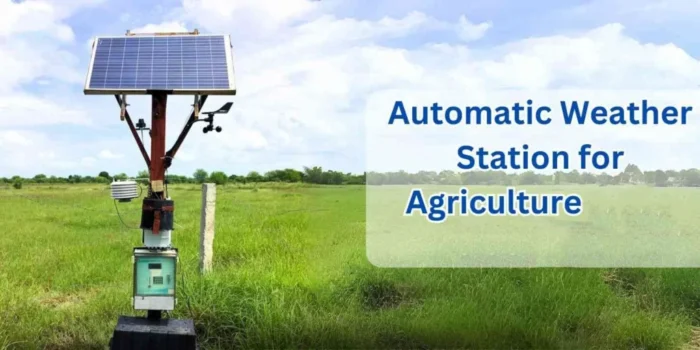
# Automated Weather Station: Revolutionizing Meteorological Data Collection
## Introduction
In the ever-evolving world of meteorology, the automated weather station (AWS) has emerged as a game-changer. These sophisticated systems are transforming the way we collect, analyze, and utilize weather data, offering unprecedented accuracy and efficiency in meteorological observations.
## What is an Automated Weather Station?
An automated weather station is a self-contained system that measures various atmospheric parameters without human intervention. These stations typically consist of multiple sensors, a data logger, and a communication system that transmits collected data to a central database or monitoring station.
### Key Components of an AWS
1. Sensors: Measure various weather parameters
2. Data logger: Records and stores collected data
3. Power supply: Often solar-powered for remote locations
4. Communication system: Transmits data to central servers
5. Mounting structure: Supports and protects the equipment
## Advantages of Automated Weather Stations
The implementation of automated weather stations has brought numerous benefits to the field of meteorology:
### 1. Continuous Data Collection
Unlike manual weather stations that require human intervention, AWS can collect data 24/7, providing a continuous stream of meteorological information.
### 2. Improved Accuracy
Automated systems eliminate human error in data collection and recording, resulting in more precise and reliable measurements.
### 3. Remote Monitoring
AWS can be installed in remote or inaccessible locations, expanding the coverage of weather monitoring networks.
### 4. Real-time Data Access
With modern communication technologies, weather data can be accessed in real-time, enabling faster response to changing weather conditions.
### 5. Cost-effectiveness
While the initial investment might be significant, AWS reduces long-term operational costs by minimizing the need for manual labor and maintenance.
## Applications of Automated Weather Stations
Automated weather stations have found applications in various sectors:
### Agriculture
Farmers use AWS data to optimize irrigation schedules, predict frost events, and plan planting and harvesting activities.
### Aviation
Airports rely on AWS for accurate weather information crucial for flight operations and safety.
### Disaster Management
Real-time weather data from AWS helps in early warning systems for natural disasters like hurricanes, floods, and wildfires.
### Renewable Energy
Wind and solar energy companies use AWS data to assess potential sites and optimize energy production.
## Challenges and Future Developments
While automated weather stations have revolutionized meteorological data collection, there are still challenges to address:
### 1. Maintenance
Remote AWS require regular maintenance to ensure accurate data collection, which can be logistically challenging.
### 2. Data Quality
Ensuring the quality and consistency of data from numerous AWS remains a significant challenge.
### 3. Cybersecurity
As AWS become more connected, protecting them from cyber threats becomes increasingly important.
Future developments in AWS technology may include:
– Integration with artificial intelligence for better data analysis
– Development of more robust and energy-efficient sensors
– Enhanced communication systems for faster data transmission
– Miniaturization of equipment for easier deployment
## Conclusion
Automated weather stations have fundamentally changed the landscape of meteorological data collection. By providing accurate, real-time weather information from virtually any location, these systems have become indispensable tools for various industries and sectors. As technology continues to advance, we can expect AWS to become even more sophisticated, further enhancing our ability to understand and predict weather patterns, ultimately contributing to better decision-making and improved safety in our daily lives.
Keyword: automated weather station
